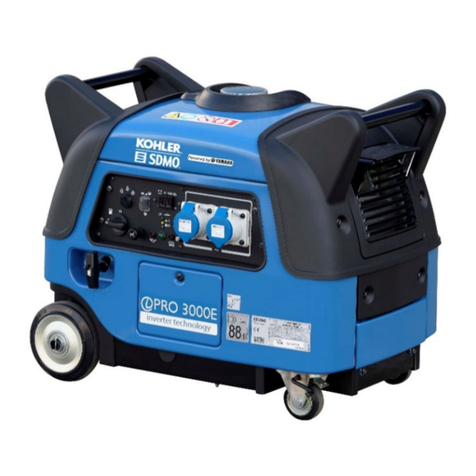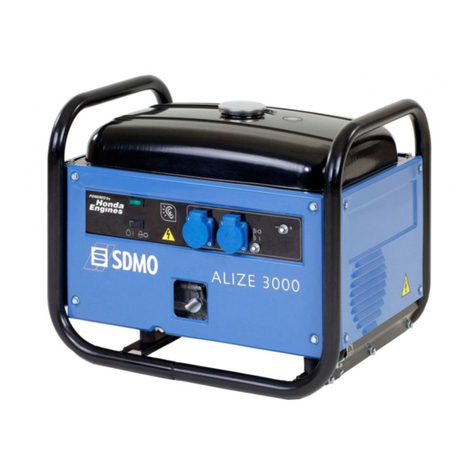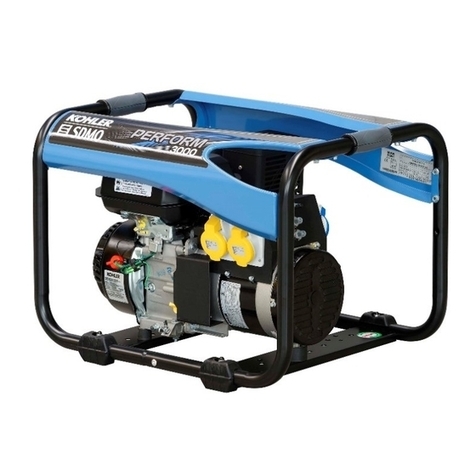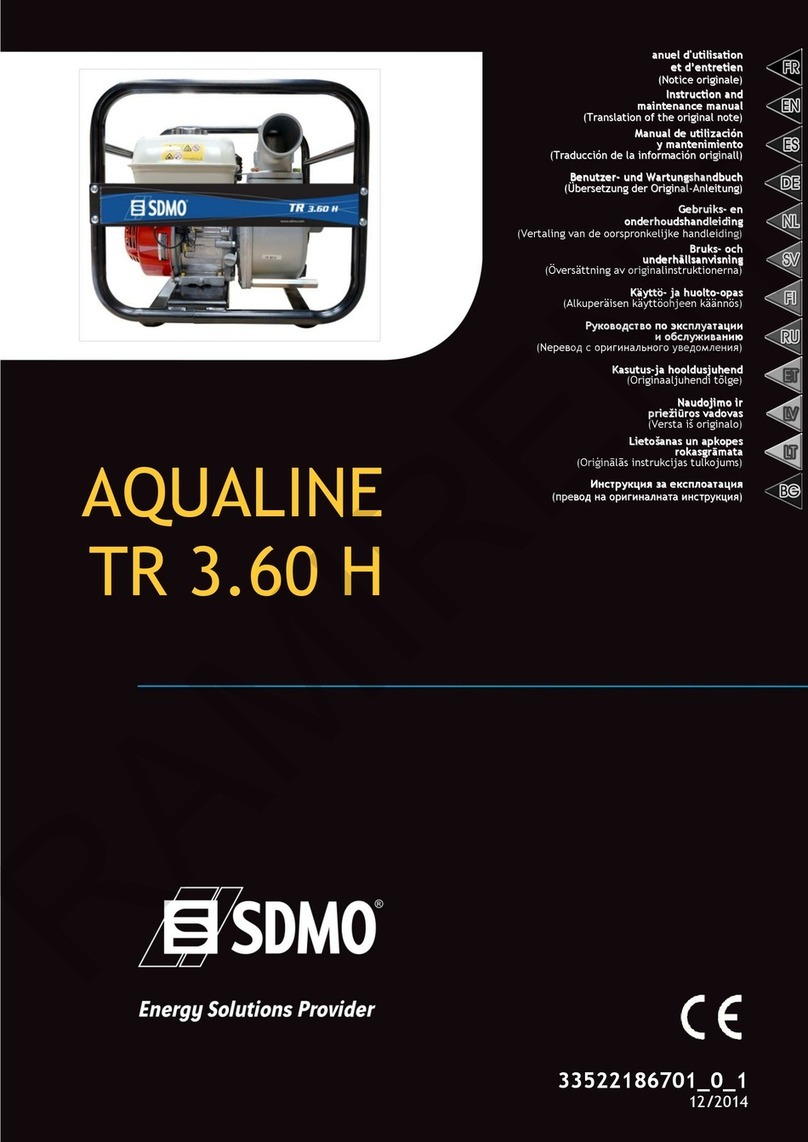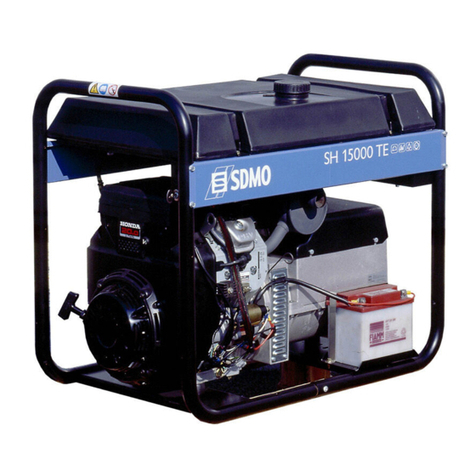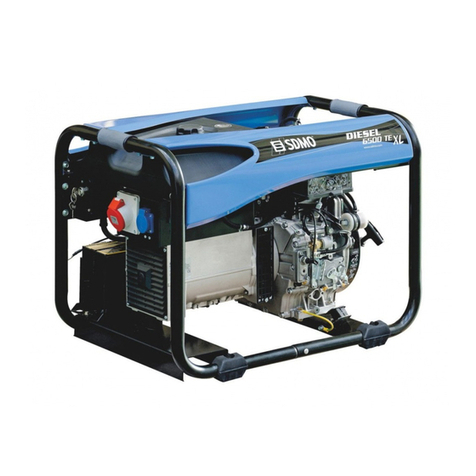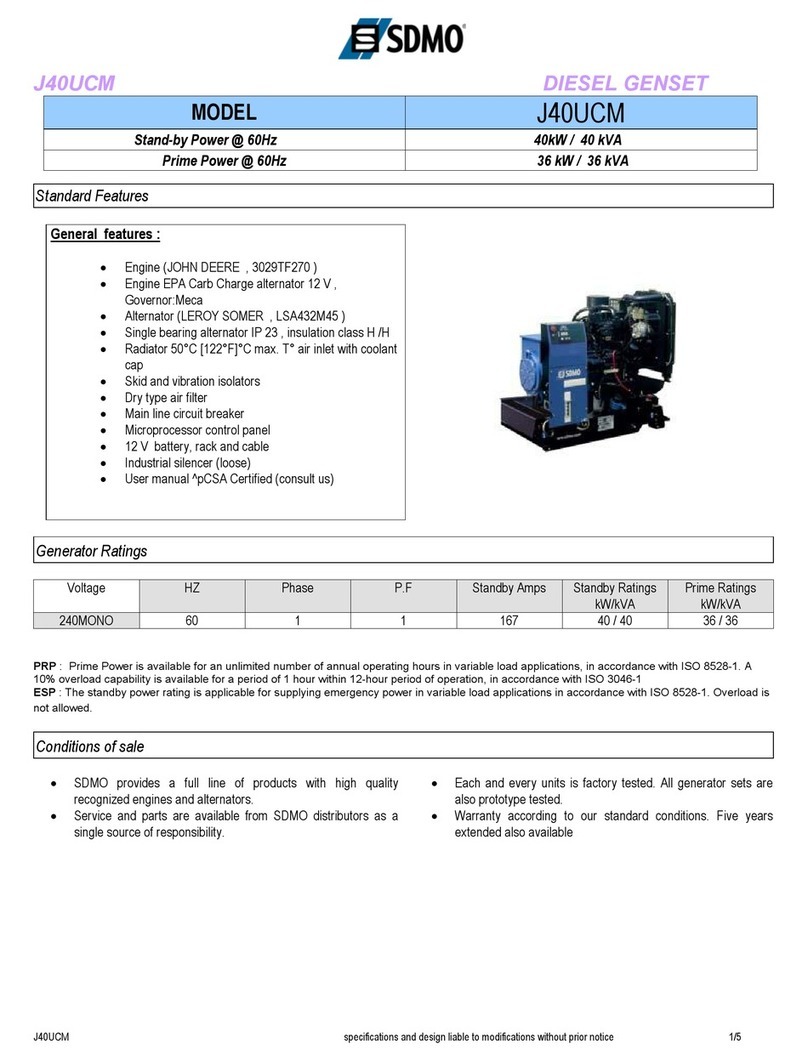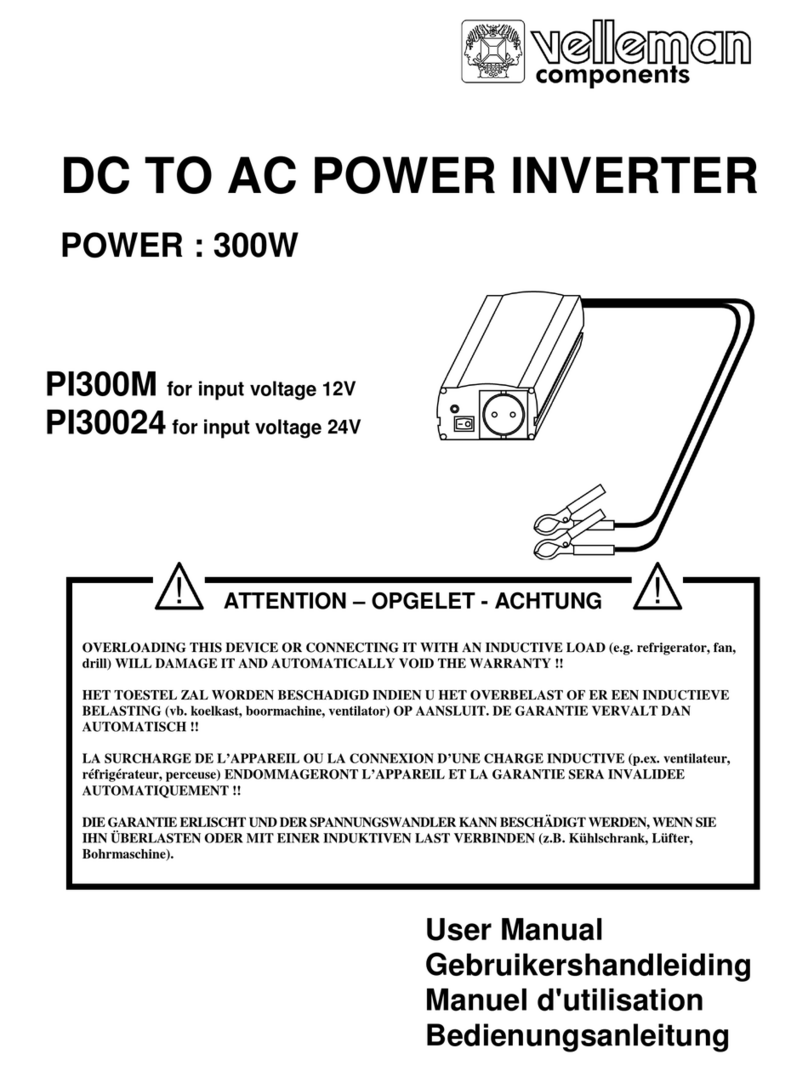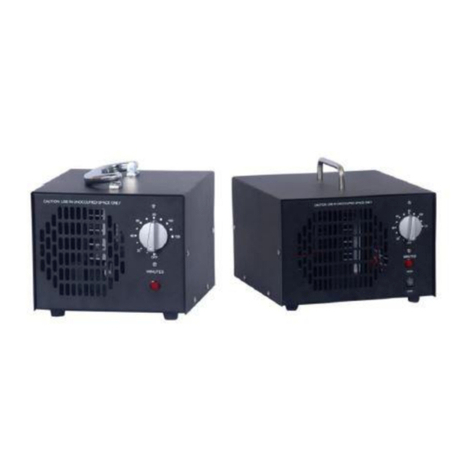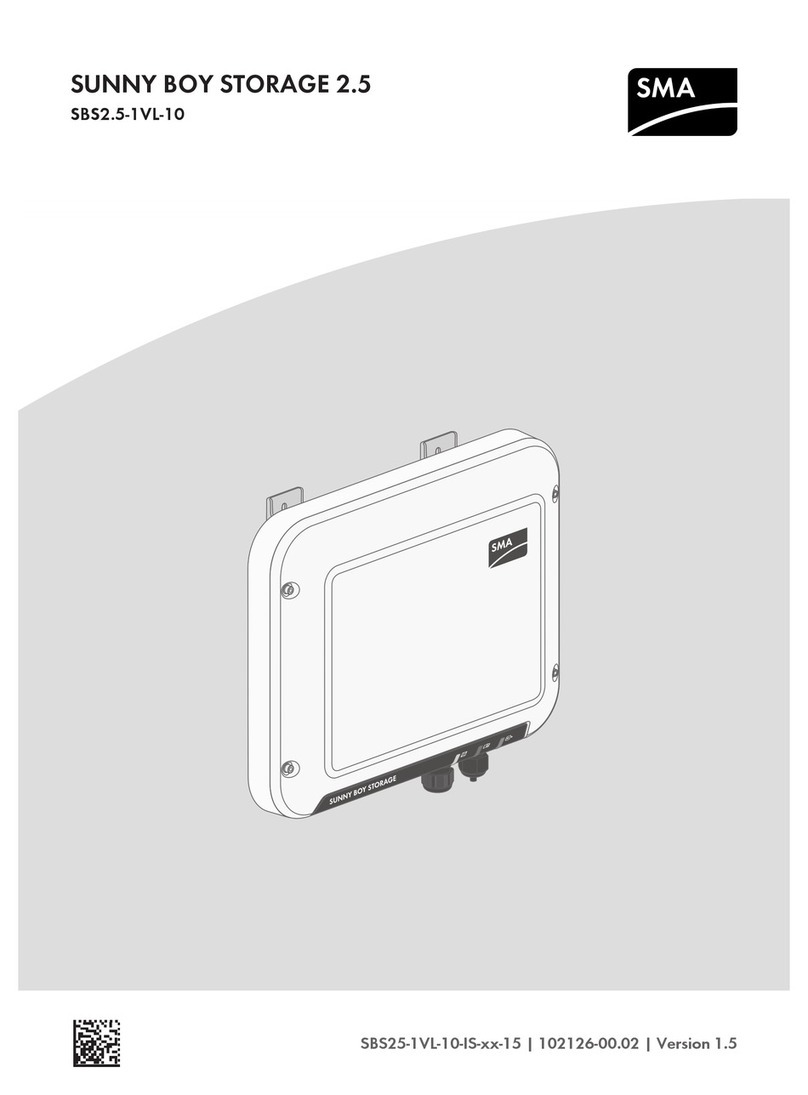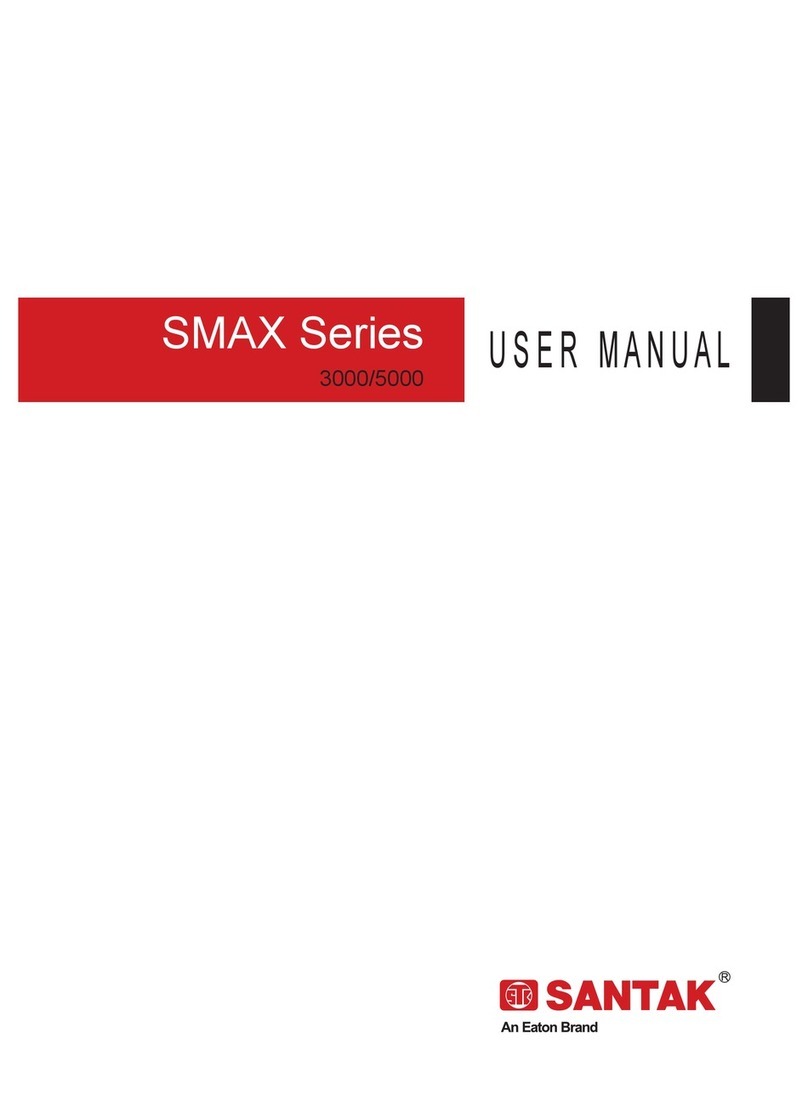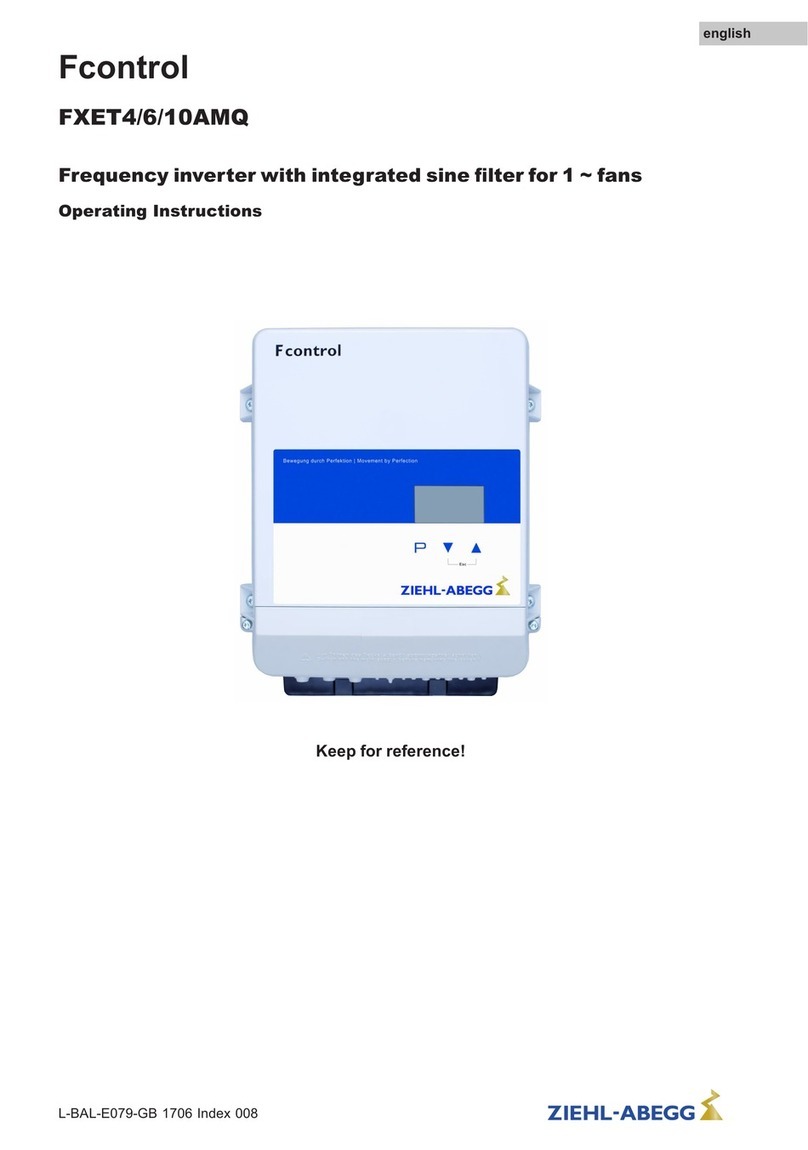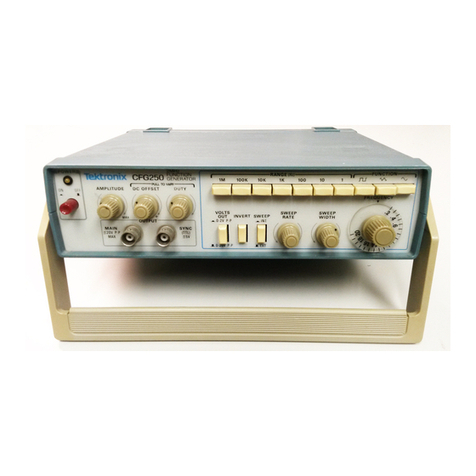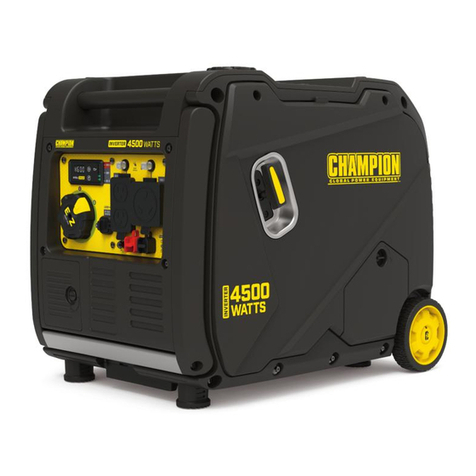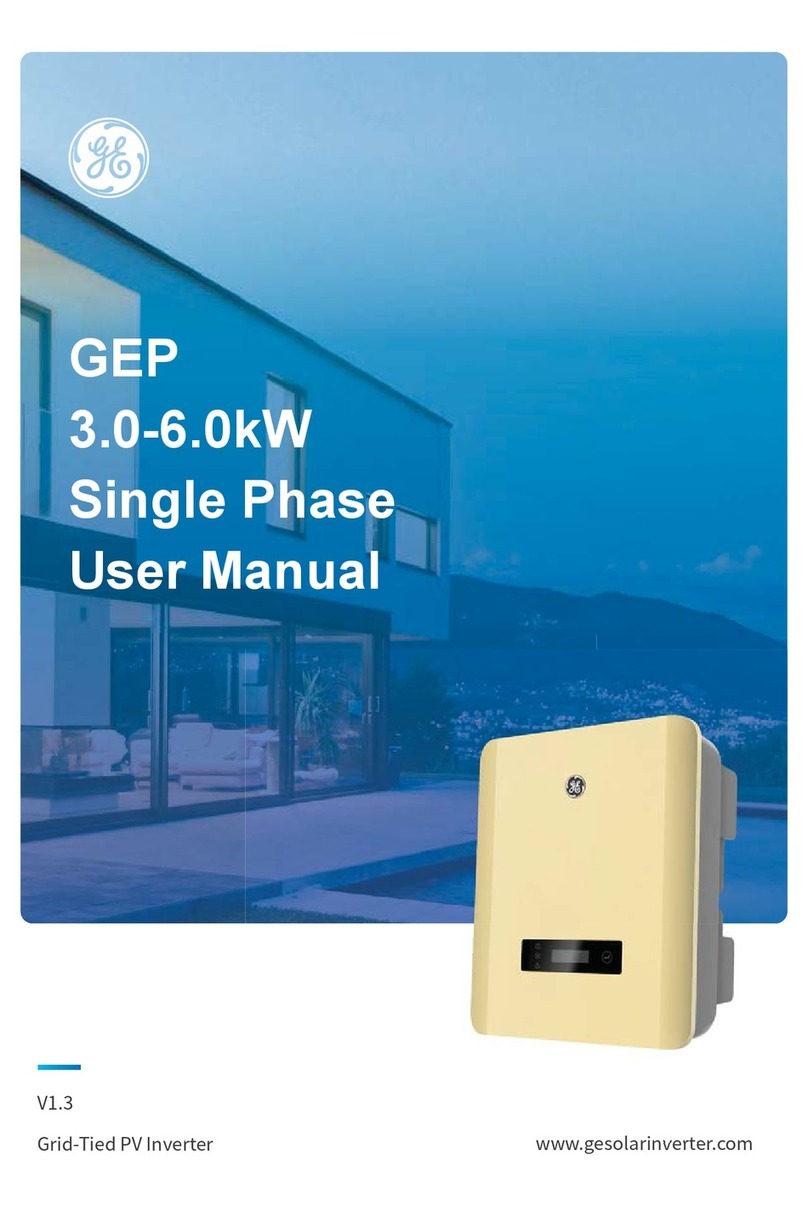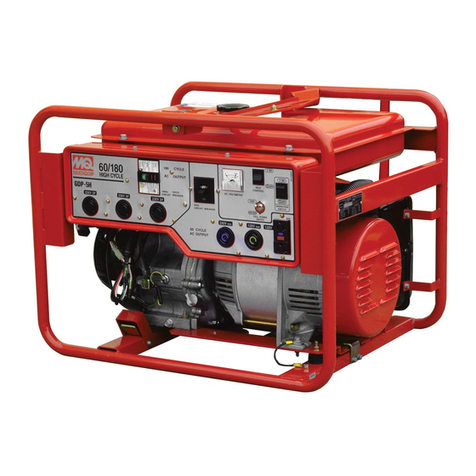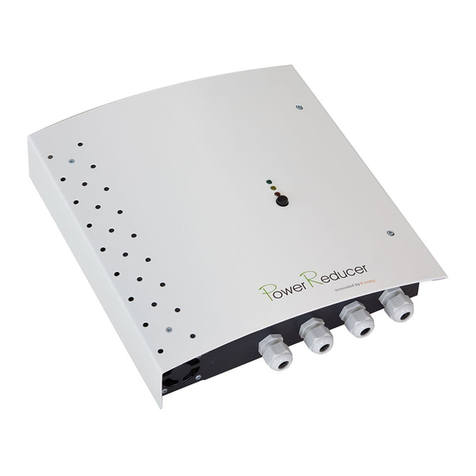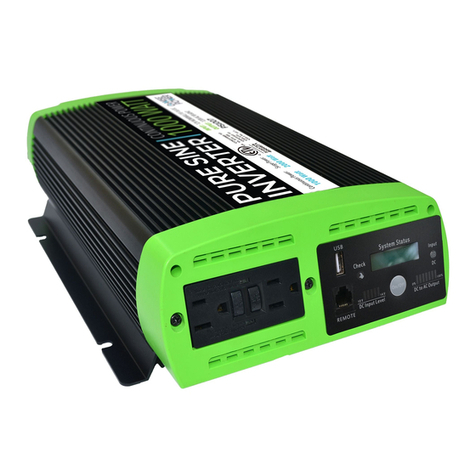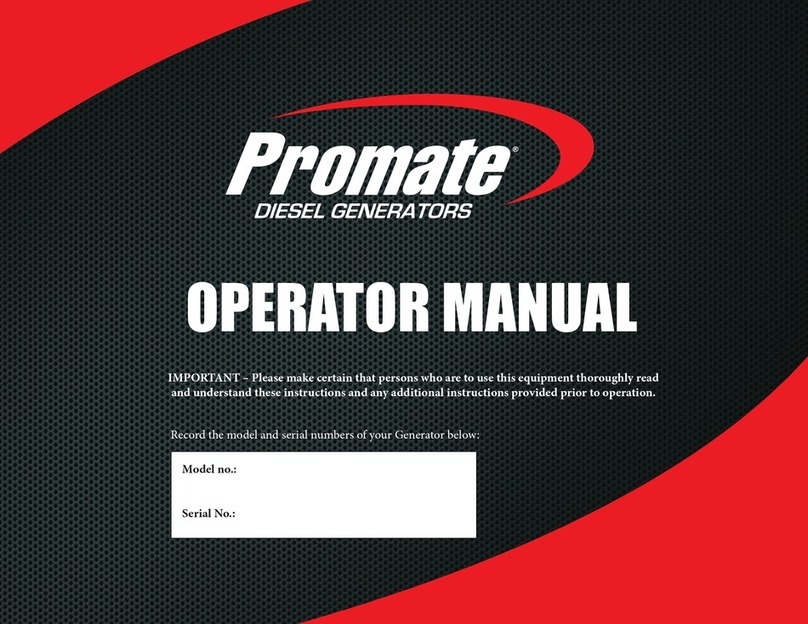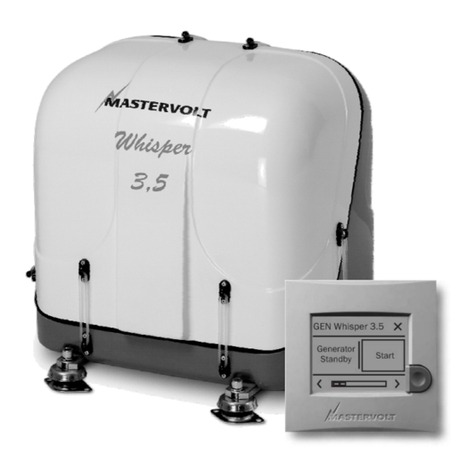1.3.4 Safety guidelines to prevent fire
Never operate the generating set in areas containing flammable products (risk of
sparks).
Keep all flammable products (petrol, oil, fabric etc.) out of the way when the unit is
in operation.
Never cover the generating set with any type of material while it is in operation or
just after it has been turned off: always wait until the engine cools down.
Danger
1.3.5 Safety guidelines for exhaust gases
The carbon monoxide present in the exhaust gas may lead to death by inhalation if
the concentration levels in the atmosphere are too high.
Always use the generating set in a well ventilated area where the gases cannot
accumulate.
Danger
For safety reasons and for correct operation of the generating set, correct ventilation is essential (risk of intoxication, engine
overheating and accidents involving, or damage to, the surrounding equipment and property). If it is necessary to operate it inside a
building, the exhaust gases must be evacuated outside and adequate ventilation must be provided so that any people or animals
present are not affected.
1.3.6 Filling with fuel
The fuel is highly flammable and its vapours are combustible.
Filling should be carried out with the engine turned off. Smoking, using a naked
flame or producing sparks are forbidden while the fuel tank is being filled.
All traces of fuel should be wiped off with a clean cloth.
Danger
Storage and handling of petroleum products must be carried out in accordance with the law. Close the fuel tap (if fitted) each time the
tank has been filled. Never top up fuel when the generating set is in operation or hot.
Always place the generating set on a flat, level and horizontal surface to avoid fuel spilling onto the motor. Fill the tank with a funnel
taking care not to spill the fuel, then screw the plug back onto the fuel tank.
1.3.7 Safety guidelines against burns
Never touch the engine or the silencer while the generating set is in operation, or when it has just stopped.
Warning
Hot oil burns; avoid contact with the skin. Before carrying out any operation, check that the system is no longer pressurised. Never start
or run the engine if the oil filler cap is off (oil may splash out).
1.3.8 Safety guidelines for handling batteries
Never leave the battery close to a flame or fire
Use only insulated tools
Never use sulphuric acid or acid water to top up the electrolyte
level.
Danger
1.3.9 Protecting the environment
Drain the engine oil into a designated container: never drain or discard engine oil onto the ground.
As far as possible, avoid sound reverberating through walls or buildings (the noise will be amplified).
If the generating set is used in wooded, bushy or uncultivated areas and if the exhaust silencer is not fitted with a spark arrester, clear
any vegetation away from the area and take care that the sparks do not cause a fire.
